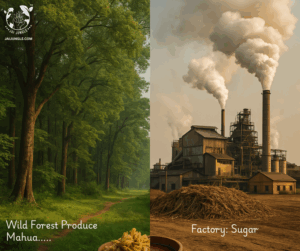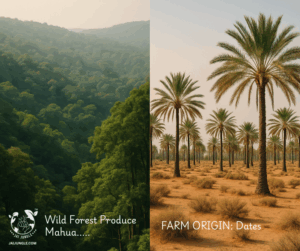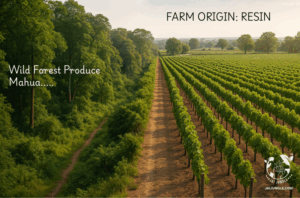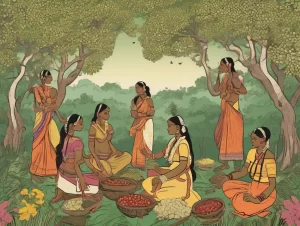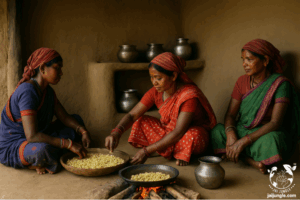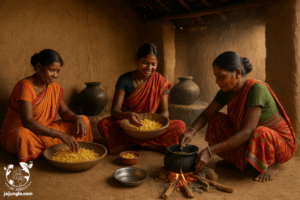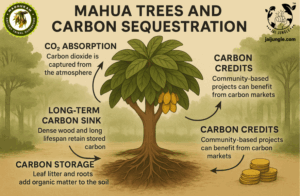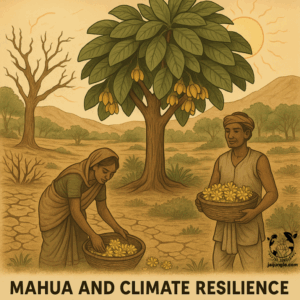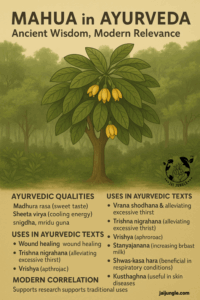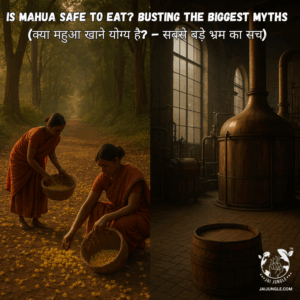
Is Mahua Safe to Eat? Busting the Biggest Myths
Most people mistake Mahua for alcohol — but the Mahua flower is 100% edible, safe, and FSSAI-approved.
Collected by tribal women and shade-dried under strict food-grade protocols, it’s rich in iron, calcium, and Ayurvedic cooling properties.
Backed by nutritionists and rooted in forest tradition, Mahua is now India’s certified natural sweetener.
Mahua is not liquor — it’s nourishment, balance, and heritage reborn.

